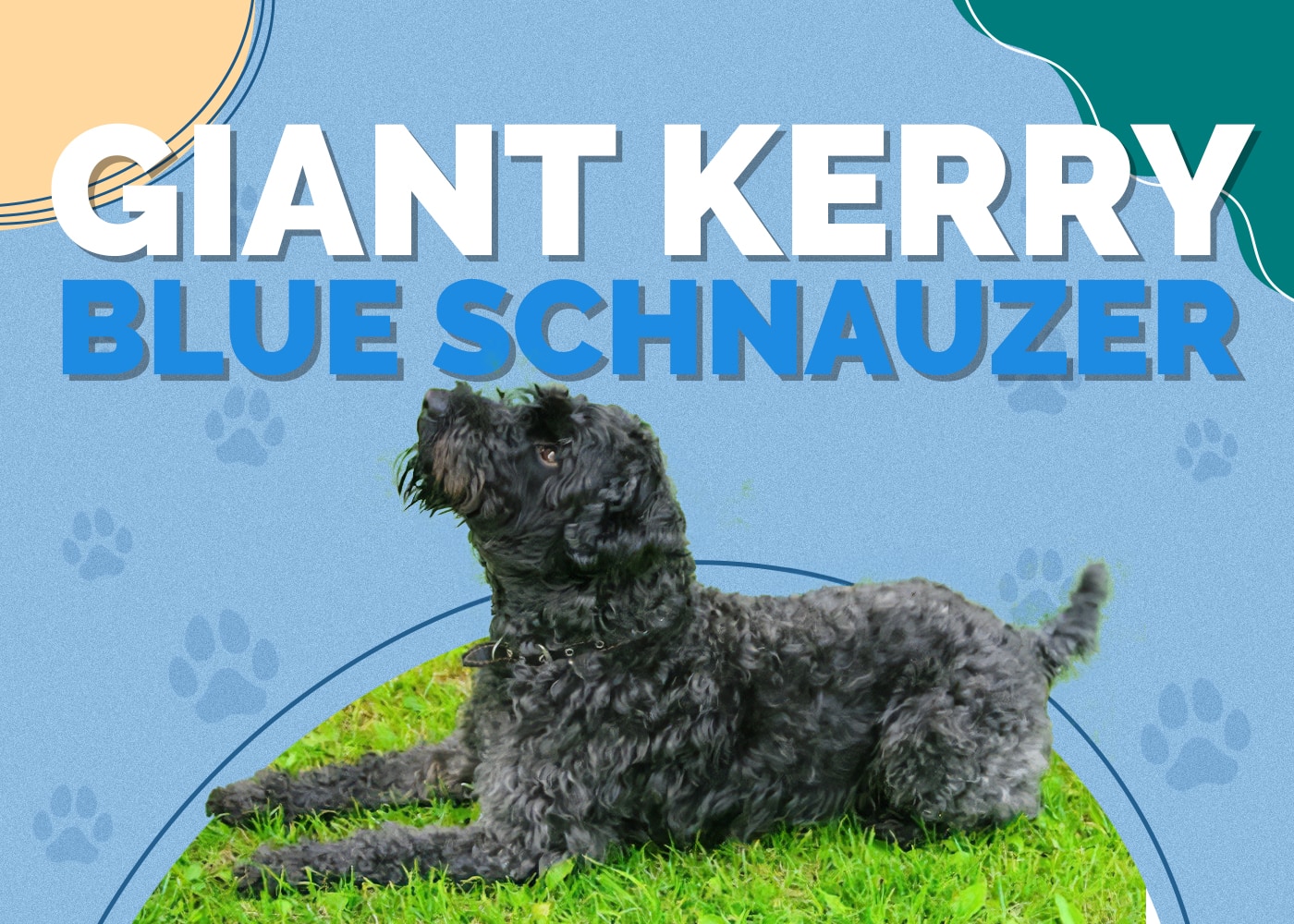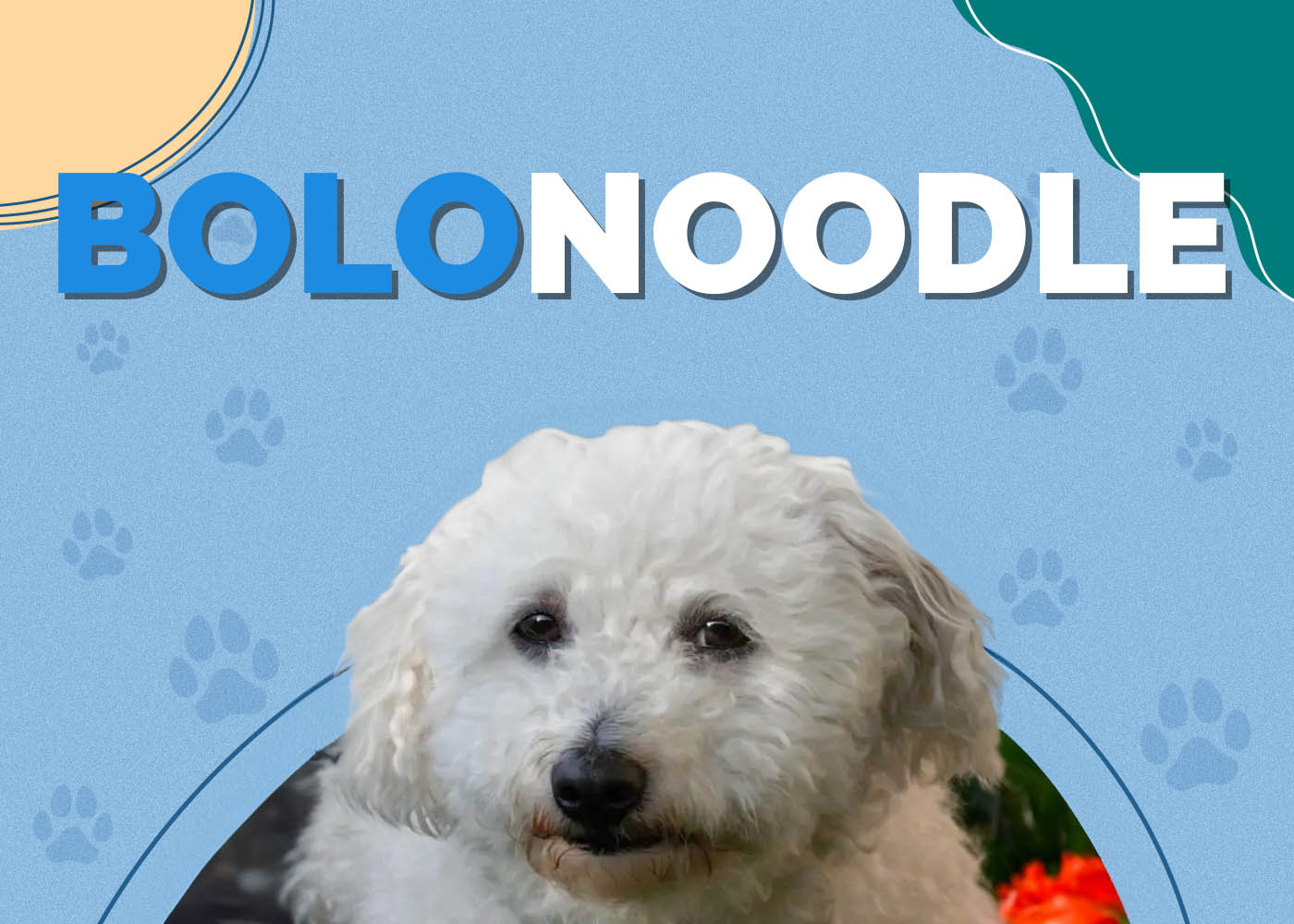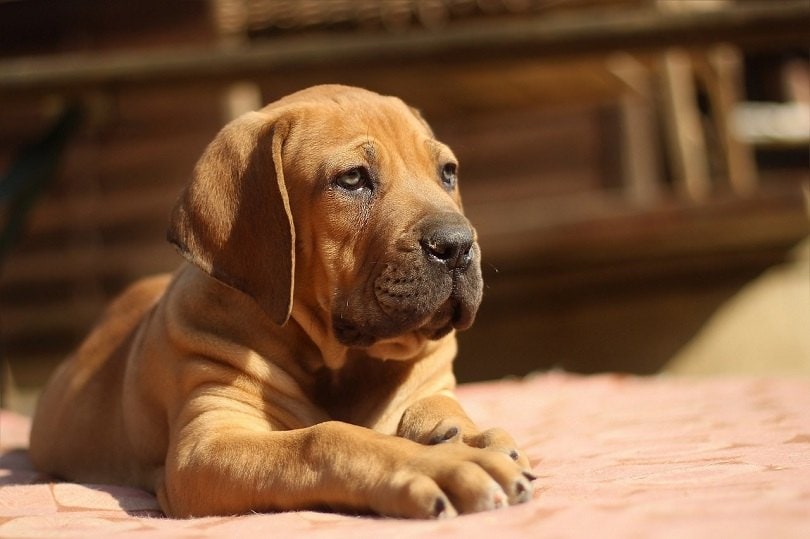Westiepoo (Westie & Poodle Mix): Info, Pictures, Characteristics & Facts

Updated on
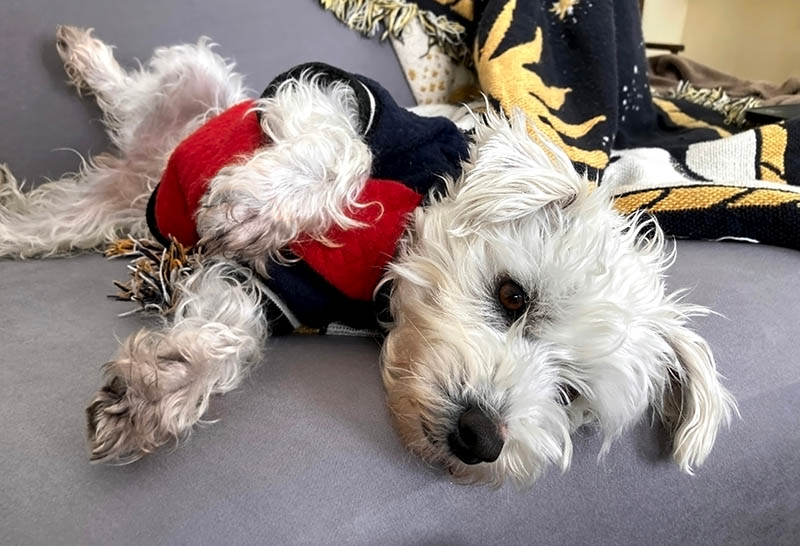
| Height: | 10–17 inches |
| Weight: | 20–55 pounds |
| Lifespan: | 11–14 years |
| Colors: | Solid colors often in white, but also café au lait, brown, silver, gray, cream, blue, black, and apricot |
| Suitable for: | Active families or individuals, rural or suburban settings, those looking for a low-shedding dog |
| Temperament: | Active, friendly, intelligent, alert, fun-loving, assertive, self-reliant, affectionate with family but can be aloof with strangers |
Are you looking for an independent and cheerful best friend? Then, the Westiepoo may be the perfect dog for you. They are smart, self-possessed dogs that get along with most adults and older children.
One massive benefit of choosing a Westiepoo is that they shed very little, if at all. Though not technically hypoallergenic, the friendly and energetic Westiepoo will make an excellent companion for owners who suffer from allergies.
The West Highland White Terrier, or Westie, is believed to have been developed by the Duke of Argyll and the Malcolm family on their estates in Scotland. Bred as part of a working pack, they were used to hunt badgers, foxes, and vermin. Despite their hunting heritage, nowadays, most Westies are companion dogs.
The Standard Poodle is an old breed. Their name comes from the German “pudel,” which means “to splash in water.” They were developed in France, Germany, and England and were originally used as water retrievers. Though used as hunters into the 19th century, they later became popular companion dogs and performers. Today, poodle mixes are becoming more and more popular.
Westiepoo Puppies
Westiepoo puppies are ridiculously cute. They come in various solid colors, though most tend toward white, and their fur is soft and wavy. Long fur may hide their eyes, but underneath is a bright and curious mind.
Though they do not grow into large dogs, Westiepoos have high energy and stamina. They are adaptable to most living situations, whether city, suburban, or rural, but need plenty of exercise and require access to a fenced-in yard at a minimum.
The charming and spunky Westiepoo regularly lives for over a decade. So, be prepared to care for them in good times and bad for quite a while. Though there is not much data on the relatively new Westiepoo, you can find plenty of information and advice on the well-loved parent breeds. The more you know how to take care of your pup before they come home, the better off you’ll both be!
3 Little-Known Facts About the Westiepoo
1. Westies are White for Their Own Protection
West Highland White Terriers are bred to be all-white so that they are more visible while hunting. The story goes that one day, Colonel Malcom of Poltalloch was hunting with a pack of Cairn Terriers and accidentally shot his favorite dog. Upset by the tragic mistake, he vowed to only hunt with white dogs from then on.
2. Standard Poodles Have Hair, Not Fur
The Standard Poodle’s coat is more like human hair than most dog’s fur. Like ours, if left untrimmed, their hair will keep growing! If not cared for, their coat can cord and form dreadlocks. This strange hair-like fur is also hypoallergenic.
3. No One Can Agree on What to Call the Westiepoo
As a new hybrid, breeders and fans call it by several names. The two most popular contenders for the official name of the Westiepoo are Westiedoodle and Wee-Poo.
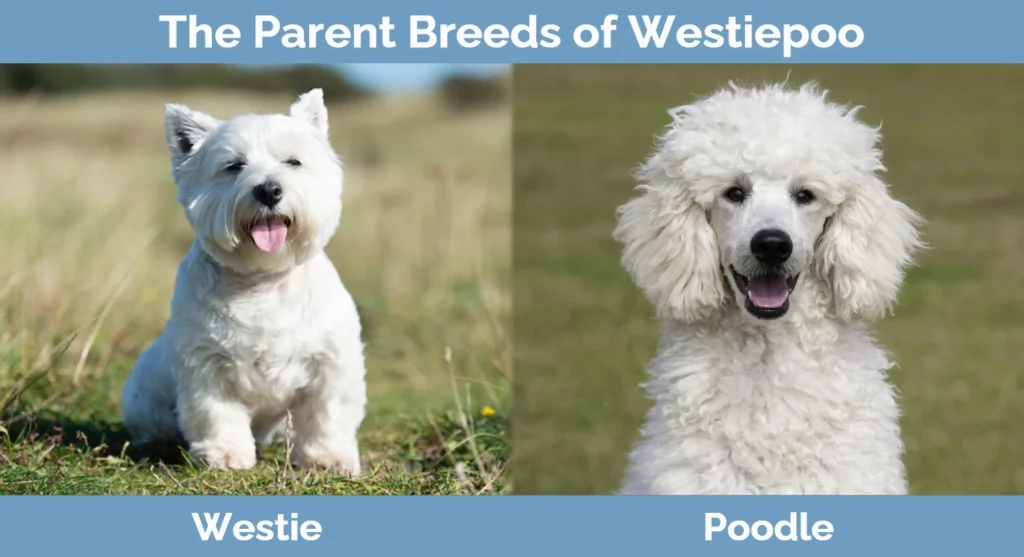
Temperament & Intelligence of Westiepoos 🧠
The Westiepoo is an alert, friendly, and trainable dog. Although it can be very independent and even aloof at times, it is incredibly loyal and affectionate with its family. It is also a smart and often very curious dog that loves to explore. Regularly giving your Westiepoo plenty of outdoor space is recommended, as this self-reliant dog will love to roam around alone and dig.
Due to their West Highland White Terrier heritage, some Westiepoos dig and chase smaller animals. The Standard Poodle parent does not have a high prey drive, and it is a bit of a toss-up as to which breed your dog will favor.
Are These Dogs Good for Families? 🏡
Westiepoos love playing with and getting attention from their family. While they often favor the gentle attitude of the Standard Poodle, not all Westiepoos have a personality that meshes well with children. Their Terrier heritage can tend towards nippiness and a certain degree of unpredictability, so they may not be suitable playmates for all children.
The best way to make sure your Westiepoo gets along with your kids is to socialize the dogs and children with each other at an early age. Teach both parties how to interact appropriately and respect boundaries, and you should not have any trouble.
Does This Breed Get Along with Other Pets? 🐶 😽
Once again, this is a bit of a toss-up depending on which parent your Westiepoo favors. Here’s a closer look at each parent breed’s general disposition around other animals.
Standard Poodles are friendly and can get along with dogs and cats alike. The West Highland White Terrier, however, is bred to hunt. They get along generally with other dogs but may chase cats and are not to be trusted with any small animal.
As always, early socialization will go a long way toward helping pets get along. Get to know your animals, because with patience and supervision, a harmonious home life is absolutely within your grasp!
Things to Know When Owning a Westiepoo
Adding a new canine companion to your life is a serious decision. To make sure you are fully prepared to make this choice, here’s some more information about the general care and upkeep of a Westiepoo.
Food & Diet Requirements 🦴
High-quality dog kibble or wet food can provide a well-balanced diet. However, keep an eye on the ingredient lists because not all kibble is created equal.
Stay away from brands that have large quantities of fillers like grain and byproduct ingredients. A high-quality kibble should give your dog a wide variety of nutrients from plant and animal sources.
Do you want to add more variety to your furry friend’s meal? You can serve lean proteins like fish, veggies, or fruits with their standard kibble. Your vet will be able to tell you which foods are appropriate and what your Westiepoo’s portion sizes should be.
Exercise 🐕
As incredibly active dogs, Westiepoos need multiple opportunities throughout the day to go outside and play. Though they can adapt to city or more rural settings, a fenced-in yard is necessary.
The more yard space your Westiepoo has to explore, the better! Their Terrier heritage means they will love adventuring solo to dig around. Additionally, their Standard Poodle parent gives them a love of running and retrieving.
Training 🦮
The Westiepoo’s intelligence and fun-loving nature make for a highly trainable dog. Early training will start you off on the right foot with your puppy and will be a fun way for dogs and humans to learn to communicate with each other.
Their terrier breeding means that it is especially important to teach your Westiepoo good behavior. Without guidance, Terriers can become yappy, chase squirrels and other small animals, and dig in inappropriate places.
We recommend instilling reliable recall and “leave it” commands and exercising caution about where you let your dog off their leash. They respond well to firm, positive training.
Grooming ✂️
Though an exceptionally low-shedding dog, the Westiepoo is a pup that needs some serious grooming attention. It may have either a single or double coat, and the hair-like fur grows rapidly. Daily brushing will help prevent mats, and we recommend giving your Westiepoo a haircut every 6 to 8 weeks.
Their ears need to be checked and cleaned regularly and may require special attention if the hair around the ear is kept long. Remove any wax or dirt buildup, but also check for burrs, ticks, and other parasites that may have grabbed on.
You should also inspect and trim your Westiepoo’s nails occasionally to avoid uncomfortable cracking; however, these active dogs will likely wear them down naturally. Keeping their teeth clean is important for preventing gum disease and has the added benefit of freshening your pal’s breath!
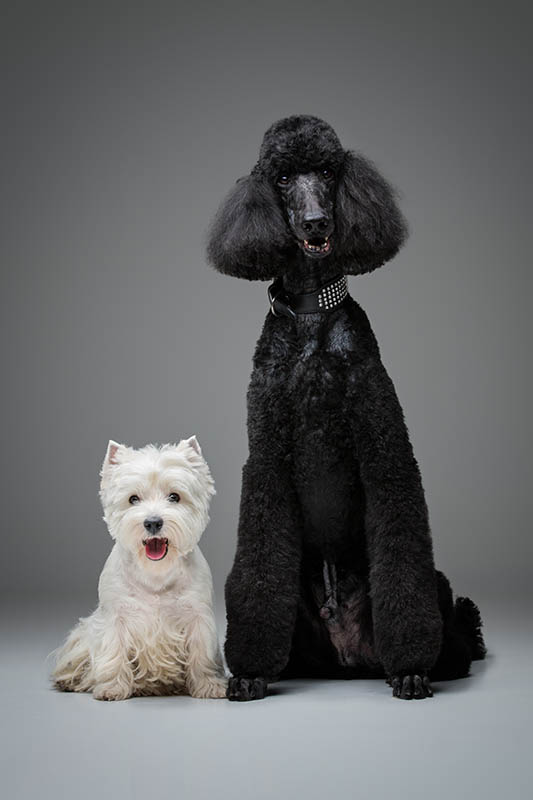
Health and Conditions ❤️
Standard Poodles and West Highland White Terriers have several health concerns to look out for. While any of these could appear in a Westiepoo, they are usually significantly healthier than their parent breeds.
Bearing that in mind, here is a rundown of all the health conditions you may encounter with your Westiepoo.
- Addison’s disease
- Luxating patellas
- Skin disorders
- Thyroid problems
- Sebaceous adenitis (SA)
- Cataracts, Atopy
- Craniomandibular osteopathy (CMO) or “lion’s jaw”
- Deafness
- Enzyme deficiency
- Legg-Perthes disease
- Inguinal hernia
- Epilepsy
- Gastric dilatation-volvulus (GDV) or bloat
- Renal disease or kidney failure
- Copper toxicosis
Male vs Female
Though a dog’s personality cannot be predicted by sex, there are a few physical differences between male and female Westiepoos. Male dogs will be bigger and a bit more likely to participate in sexually aggressive behaviors like humping or territory marking with urine. A female Westiepoo will be smaller and often somewhat taciturn.
Final Thoughts
So, is the Westiepoo the right dog for you? For those who do not have an active lifestyle, a fenced-in yard, or the desire to spend significant time caring for a dog’s coat, we recommend seeking another breed.
But if you are a dog-lover with allergies and are attracted to the idea of an independent, high-energy canine that will love being groomed and showered with attention, you might have found your perfect match!
See Also:
- Australian Bernedoodle: Breed Info, Pictures & Traits
- Wee-Chon (Westie & Bichon Mix): Pictures, Care Guide, Temperament & Traits
Featured Image Credit: Lakers, Shutterstock






